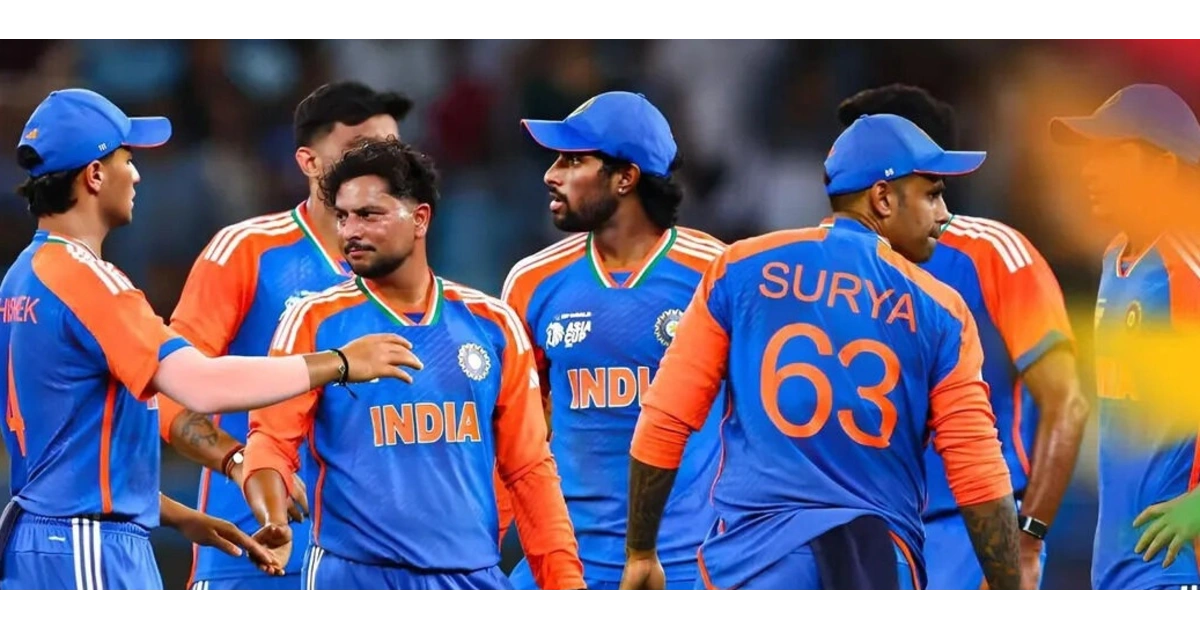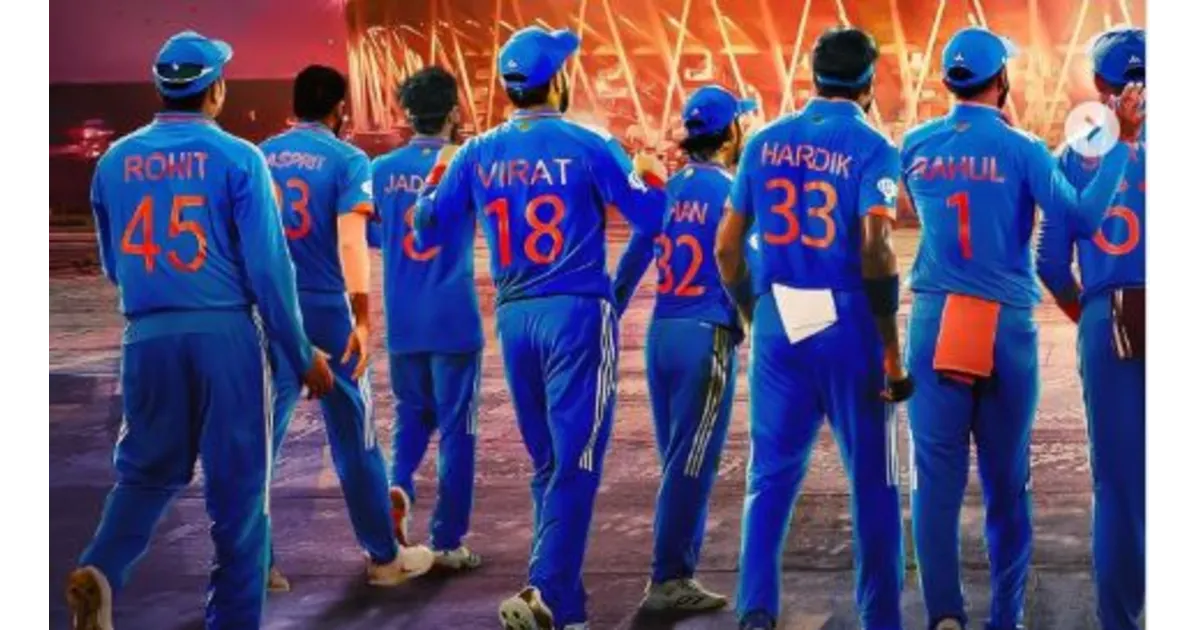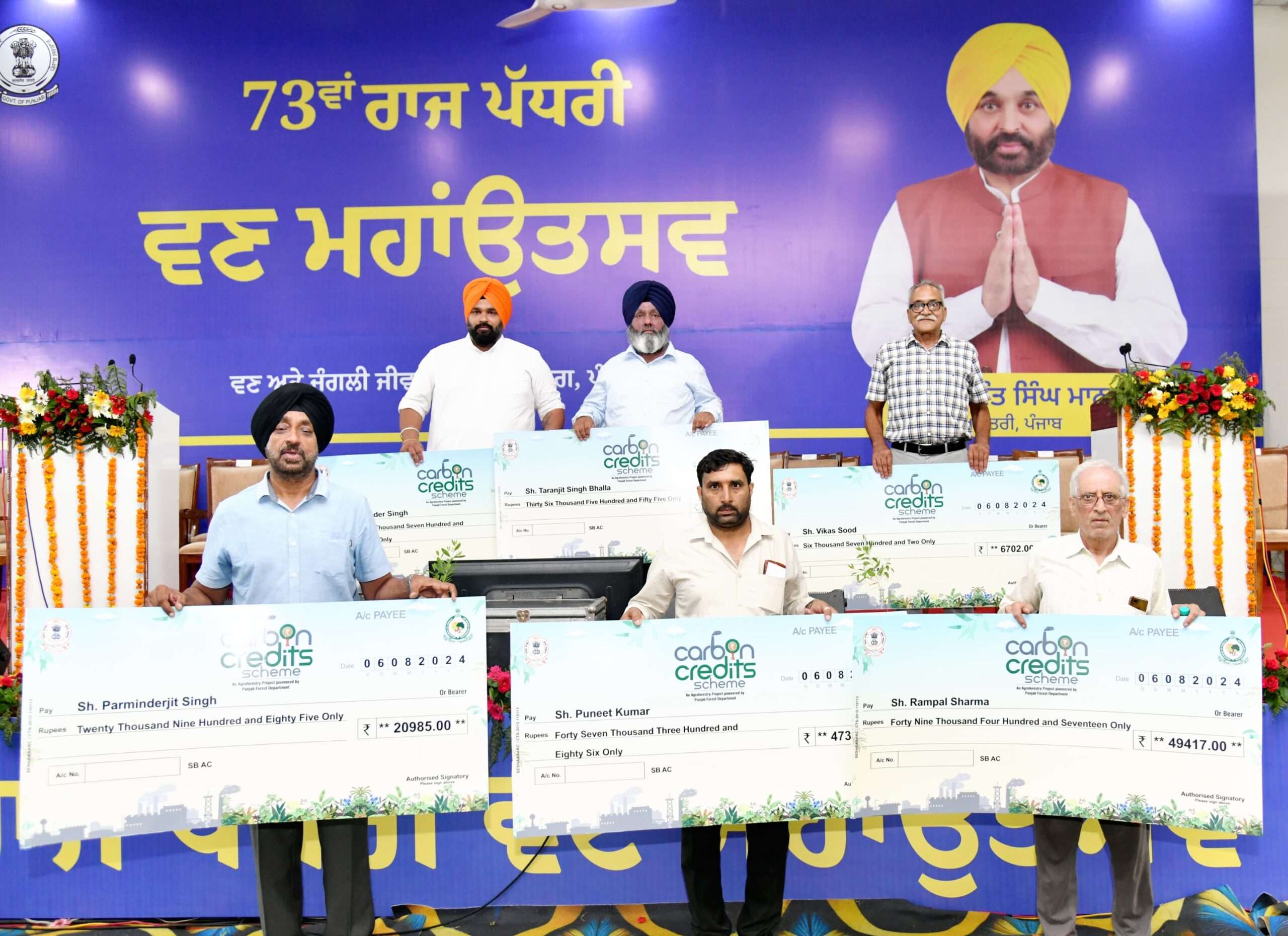From Dubai’s Spin Haven to Perth’s Pace Playground
After a dominant run in the Champions Trophy earlier this year, where India went undefeated despite consistently losing the toss, the team was bound to face a sterner examination. The slow, turning tracks of Dubai allowed India to thrive with a spin-heavy attack, relying on Kuldeep Yadav and Varun Chakravarthy to control the middle overs. Their dominance was so pronounced that only one specialist fast bowler was needed throughout the tournament.
But Perth offered a sharp contrast—a pitch brimming with pace and bounce. Conditions like these are the true litmus test, particularly in ICC tournaments, where versatility and balance in the playing XI become critical.
The Middle-Overs Puzzle
One of the biggest challenges facing India in these standard, seamer-friendly conditions is maintaining pressure in the middle overs. During the Champions Trophy, their spinners wreaked havoc between overs 11 to 40, often sealing the contest well before the death overs came into play.
Now, with diminished effectiveness from spin-bowling allrounders both with the bat and ball, India’s traditional middle-overs strength becomes a question mark. Can they still be a threatening force without spin-friendly tracks?
The Bumrah Void and Rohit’s Reduced Advantage
Jasprit Bumrah’s absence due to workload management further weakens India’s grip over the death overs. Without his pinpoint accuracy and experience, India’s fast-bowling unit lacks the teeth needed to defend par scores on pace-friendly wickets.
Rohit Sharma’s value as an explosive opener is also somewhat diluted in these conditions. Though still impactful, the margin for error shrinks, and explosive starts aren’t as easily sustained when the ball moves early on.
The Rain-Hit Opener: Few Answers, Many Questions
India’s loss in the rain-affected first ODI in Perth offered little clarity. Another lost toss—India’s 16th in a row in ODIs—forced them to bat first in conditions diametrically opposed to Dubai. Two key dismissals came just before rain breaks, affecting the DLS calculations and further tipping the scales against them.
Despite moments of brilliance from the fast bowlers, India simply didn’t have enough on the board to defend. The Australians, led by a fluent Travis Head, capitalized on the freedom that such chases allow. Small errors, especially with line and length, were quickly punished.
Testing Depth, Adjustments, and Mental Fortitude
One loss doesn’t warrant panic, especially in foreign conditions as tricky as Perth. But it’s clear now: India are officially out of their comfort zone. Tactical flexibility, squad depth, and the ability to adjust mid-series will be under the microscope going forward.
It’s also a moment for senior pros like Rohit Sharma and Virat Kohli to assert their experience. While it may be harsh to judge them on brief appearances (8 and 0 respectively) after a seven-month ODI hiatus, the pressure to deliver will only grow with each match.
Selection Conundrums and Combination Trade-Offs
Shubman Gill’s decision to leave out Kuldeep Yadav meant sacrificing a proven middle-overs wicket-taker. While this offered batting depth down to No. 9 with Harshit Rana, it also forced India to rely on 20 overs of finger spin and part-time seam in unfamiliar territory—an unideal combination in Australia.
In a perfect scenario, India would want conditions that allow them to play two specialist pacers, a seam-bowling allrounder, and still have room for a wrist or mystery spinner. However, such conditions may only appear again during the 2027 World Cup in South Africa, Zimbabwe, and Namibia—another early-summer tournament.
Eyes on Adelaide and Sydney
If conditions continue to mirror Perth’s pace-favoring nature, India may have no option but to field three specialist fast bowlers in the upcoming games in Adelaide and Sydney. This approach, while offering control and penetration with the ball, reduces batting depth and places the onus on the top order to consistently deliver.
The balancing act between wicket-taking ability and batting depth will define how India navigate the remainder of this series. Whether they adapt or stick with comfort-zone strategies may determine not just the outcome of this series, but how prepared they truly are for global tournaments ahead.















